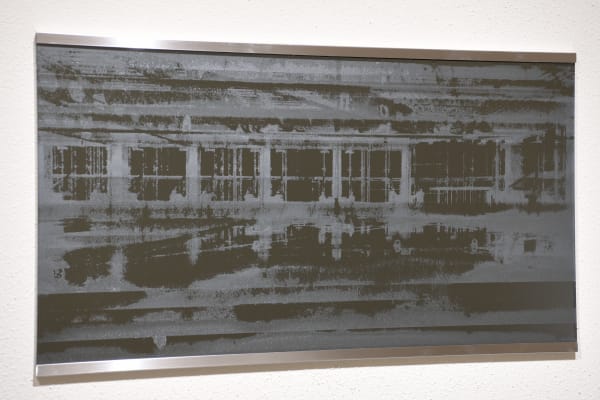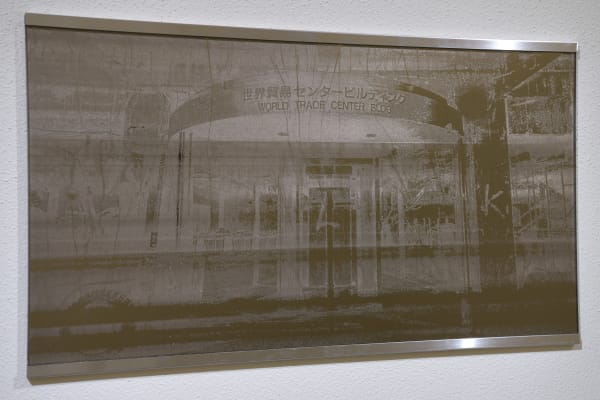-
Kazuto Imura - commission work
16 November - 21 December 2024 -
Kanda & Oliveira is pleased to announce the exhibition "commission work" by Kazuto Imura, which will be held from November 16 to December 21.
In this exhibition, covering all floors of the gallery, Imura will present an installation on the theme of reflectivity and commission, using mirrors, photographs, and videos taken from the rubble of the World Trade Center Building's demolition site in Hamamatsucho, Tokyo. Based on the techniques Imura has developed in mirror production, he transformed the rubble into mirror artworks by using highly specialized techniques according to each type of rubble, ranging from window glass to metal and concrete.
While trade means the buying and selling of goods and services, the transaction is rarely completed by the seller and buyer alone, but involves many people, where fees are incurred. Simultaneously, commonly used mirrors - for example, the glass mirror of our washbasin - have a reflectivity of approximately 90%, and lack reproducibility by about 10%. With that in mind, Imura, holding a piece of glass he picked up at the demolition site of the World Trade Center Building, bearing the name "trade," wondered if the 10% reproducibility we lack when we look at ourselves in the bathroom every day could be, like the commission in trade, a "commission" that the person looking in the mirror leaves behind in order to be partially replicated.
The catalyst for this exhibition was Imura's belief that there is no such thing as a perfect reflection, and that we may be paying an imperceptible fee through that altered image reflected in the mirror. The mirror is not a perfect reproduction of reality, nor should what we see be taken for granted.
In collaboration with (titles omitted): Kajima Corporation, Kaiba Glass Works, Makership Inc., Glass Kikakusha, SUWA Glass Village, Sozai no Seitai Juku by AGC, Switchback
-

-

-
Artworks photo credit: Kanda & OliveiraInstallation view photo credit: Kanda & OliveiraMain visual photo credit: Koya Yamashiro, Courtesy of Kajima CorporationPlease do not use images without permission






